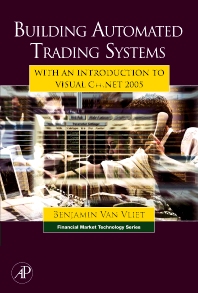Books in Social sciences and humanities
Books in Social sciences and humanities
- 1st Edition
- I. Scott MacKenzie + 1 more
- English

Text Entry Systems
- 1st Edition
- Johnny Long + 7 more
- English

Techno Security's Guide to Managing Risks for IT Managers, Auditors, and Investigators
- 1st Edition
- Benjamin Van Vliet
- English

Building Automated Trading Systems
- 1st Edition
- Anthony Piltzecker
- English

Microsoft Vista for IT Security Professionals
- 1st Edition
- Henrik Walther
- English

How to Cheat at Configuring Exchange Server 2007
- 1st Edition
- Susan Batley
- English

Information Architecture for Information Professionals
- 1st Edition
- John Burgess + 1 more
- English

Globalisation and Work in Asia
- 1st Edition
- Jim Agee
- English

Acquisitions Go Global
- 1st Edition
- John T McManus + 2 more
- English

China and India
- 1st Edition
- David Baker
- English

Strategic Change Management in Public Sector Organisations